Besides the adjacent "Ranch Chapel," the main attraction is the 8,500-square-foot house that eventually became the home of 35 of the base's former commanding generals.
The first of those to live there was Iwo Jima hero Major General Graves B. Erskine and his wife, from 1947 to 1950 (leading up to the Korean War). The Last was Major General Michael R. Lehnert and his wife, from 2006-2007 (when he moved to the general’s quarters that had just been completed).
But before the newly-passed Second War Powers Act allowed the U.S. government to create the world's largest Marine base (at the time), what's now known as Camp Pendleton USMC was SoCal's largest Mexican land grant, Rancho Santa Margarita y Las Flores.
And the ranch house was the center of its activity.
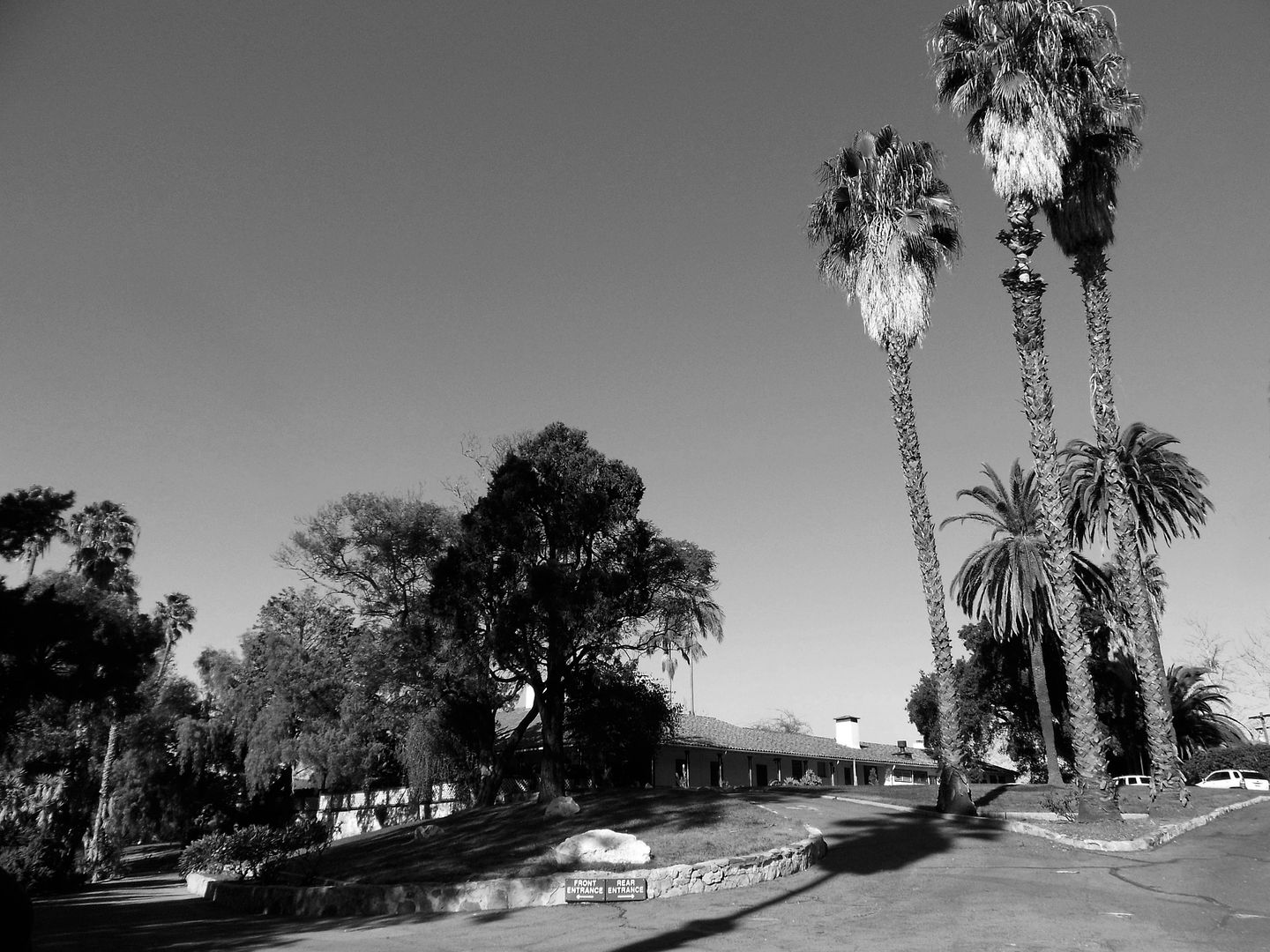
Rancho Santa Margarita got its name from St. Margaret of Antioch (or Asia Minor), as the Portolá Expedition passed through the San Luis Rey Valley in 1769 on the anniversary of her death. It was claimed as mission lands by the Franciscan friars—but by 1832, it had severed its ties to Catholicism in general, thanks to the secularization of the missions.

bunkhouse
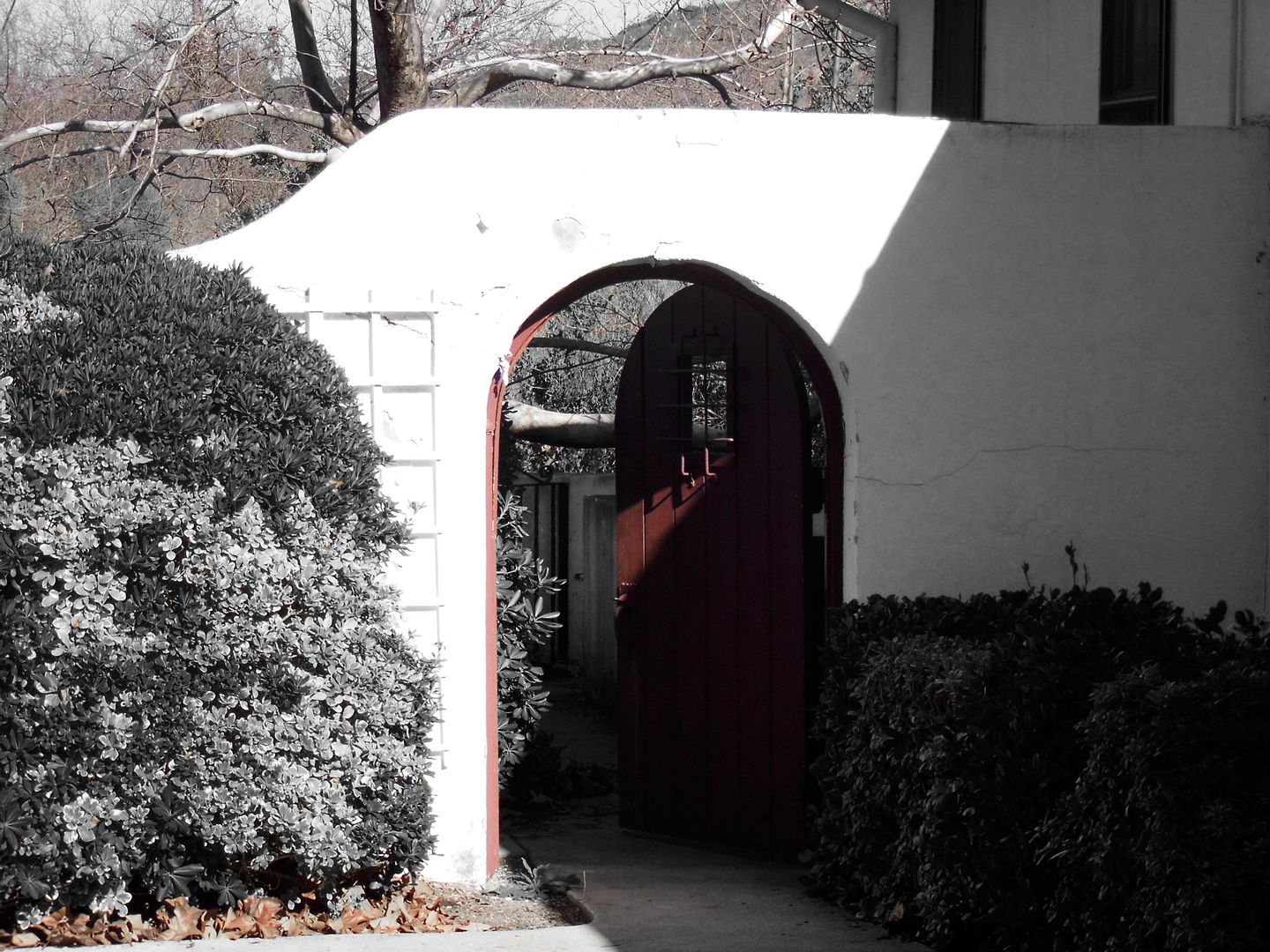
In 1882, cattle rancher James Flood partnered with Irish immigrant Richard O'Neill to take over the ranch ownership and operations. In turn, the ranch was passed down to Jerome O'Neill and Flood family members, including James Flood, Jr. That same year, the ranch house served as a stop on the transcontinental California Southern Railroad line (which began in National City, outside of San Diego, and joined the main line at Colton, near San Bernardino).
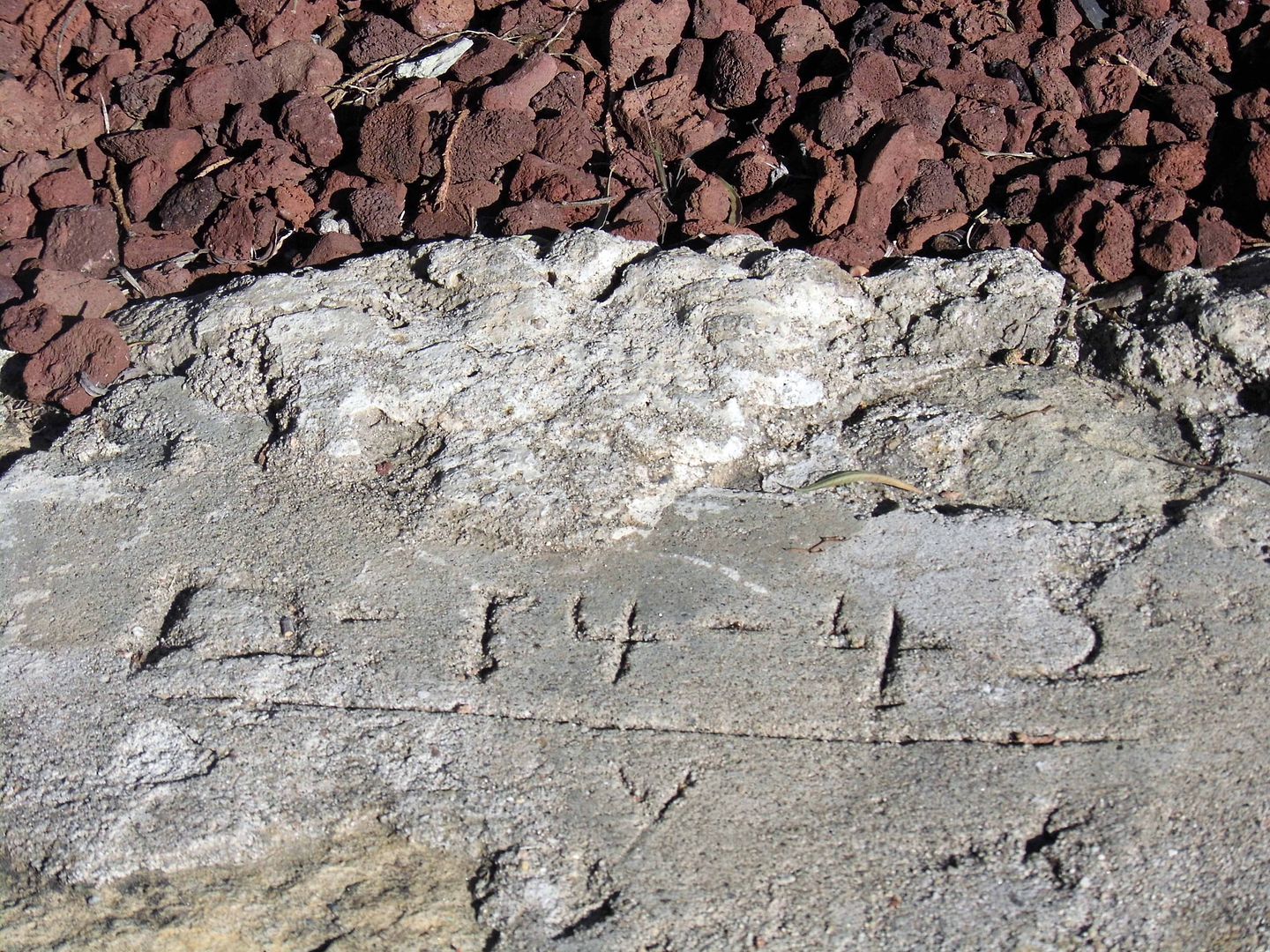
Together, Jerome and James Jr. formed the Rancho Santa Margarita (RSM) Corporation in 1923 and controlled it until their deaths in 1926. After that, the heirs of the two families split up the land, some selling their shares to the Marines and others losing theirs to condemnation by the federal government in the aftermath of the 1942 bombing of Pearl Harbor.
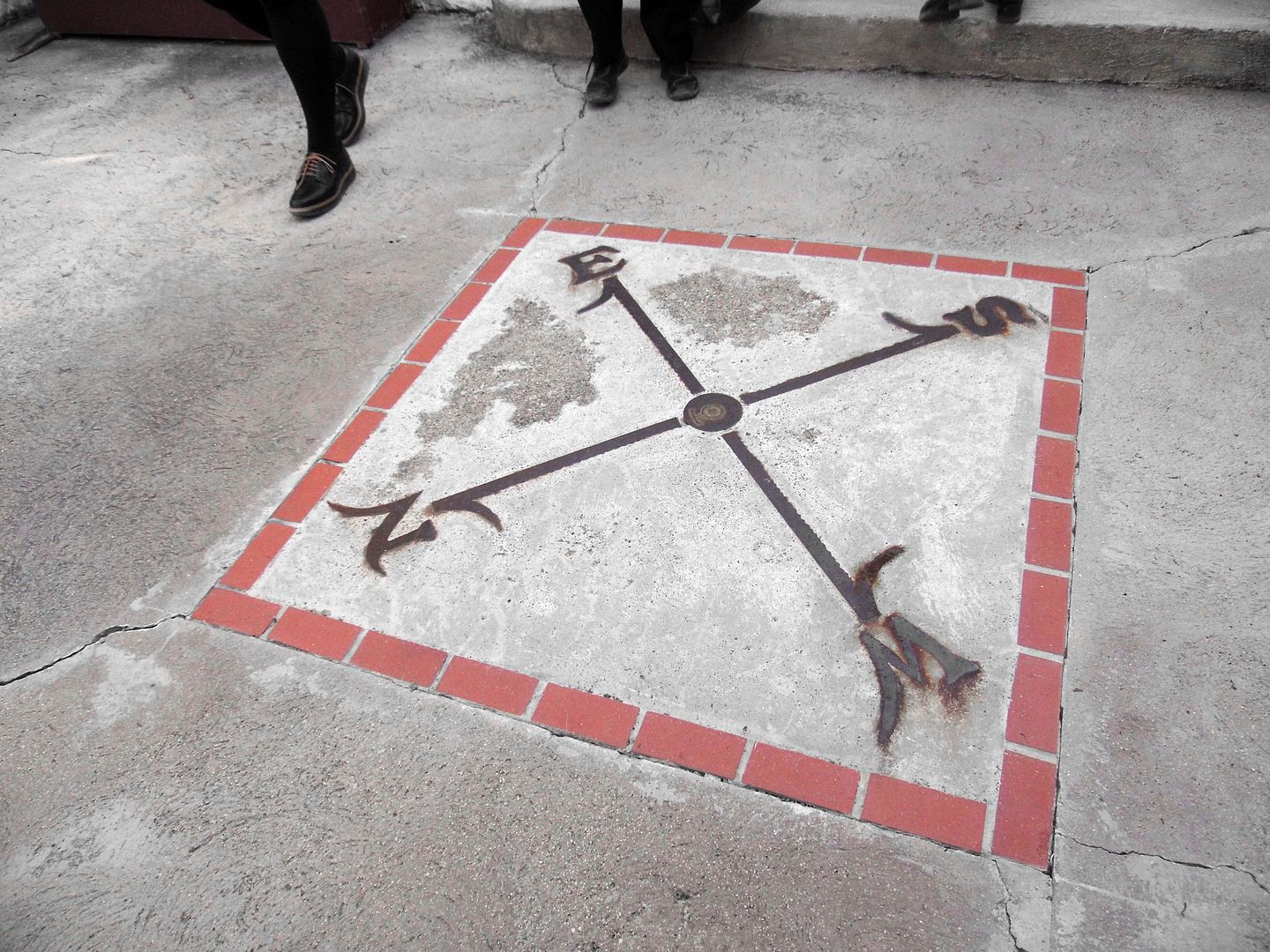
By 1944, Camp Pendleton—named for retired Marine Corps General Joseph H. Pendleton of Coronado—had been declared a "permanent installation." But for over a century before that, the Ranch House had served as the administrative center of Rancho Santa Margarita.
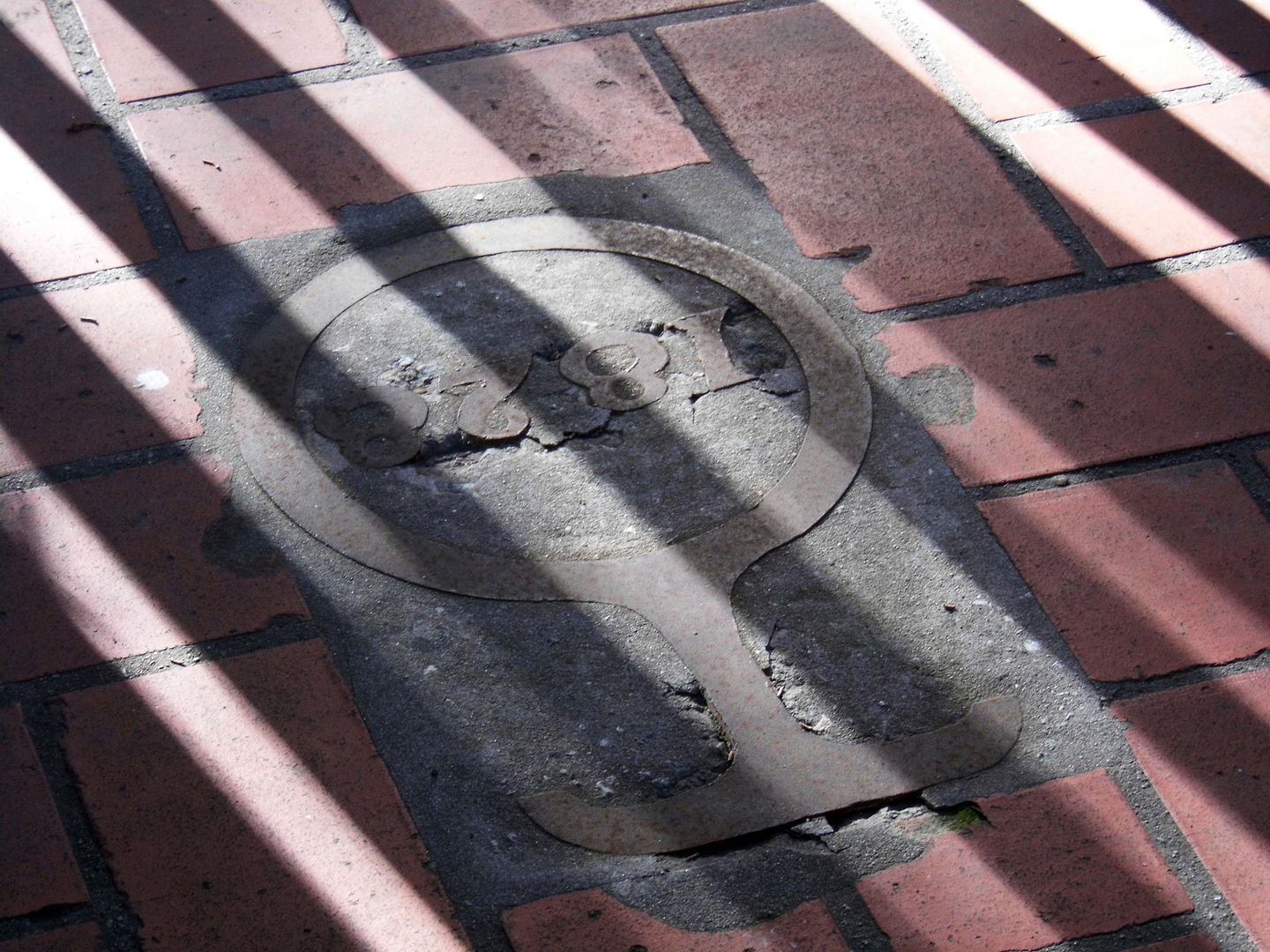
The "T and O" ranch brand—a "flying T" and a "hanging O"—has now come to symbolize the Marine base as well as the ranch itself.
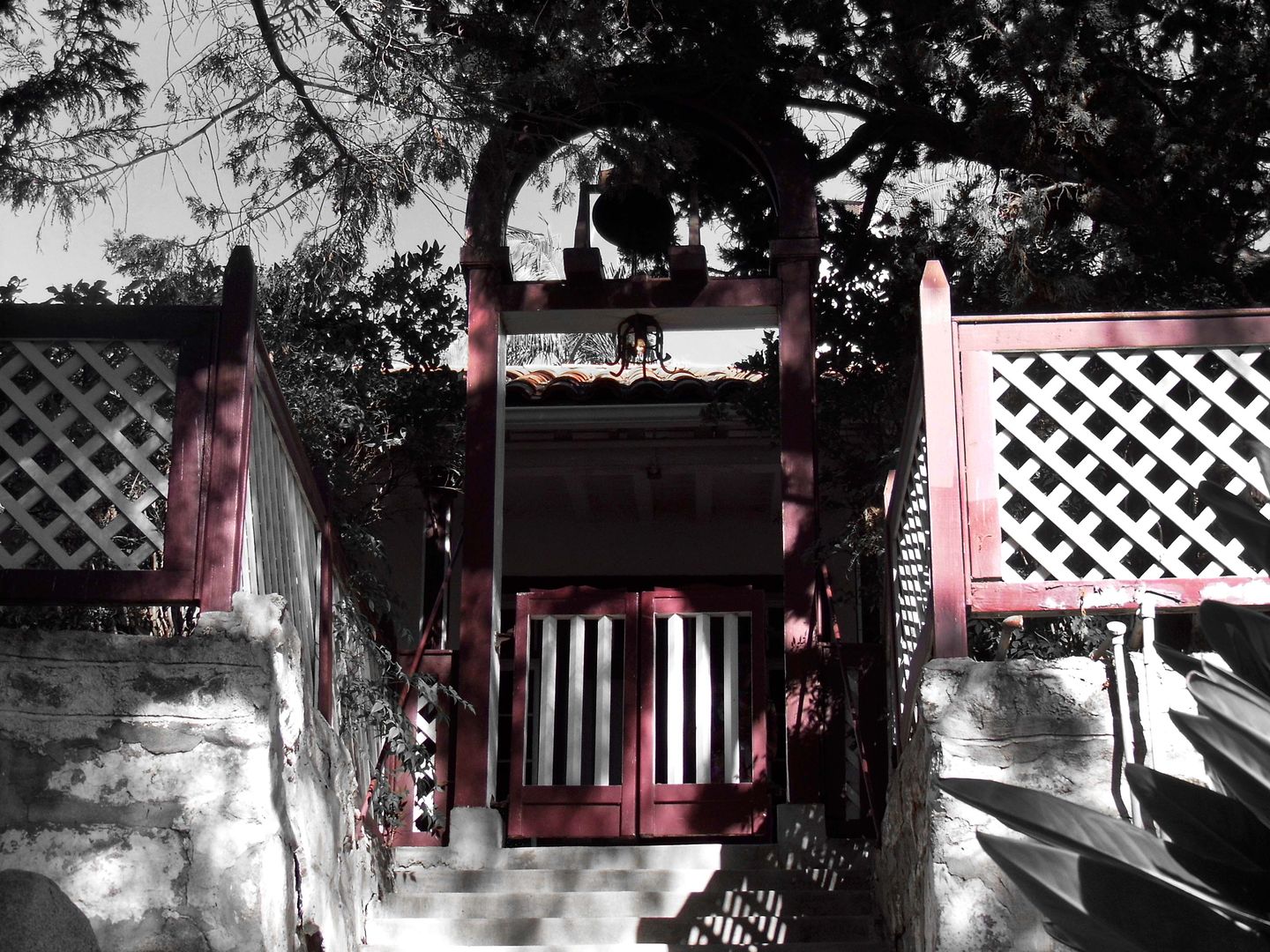
The Santa Margarita Ranch House bell has once again assumed its position on the front porch at the "Bell Entrance," despite having been absconded with as a souvenir, and later returned, by members of the Baumgartner family (descendants of the O'Neills).
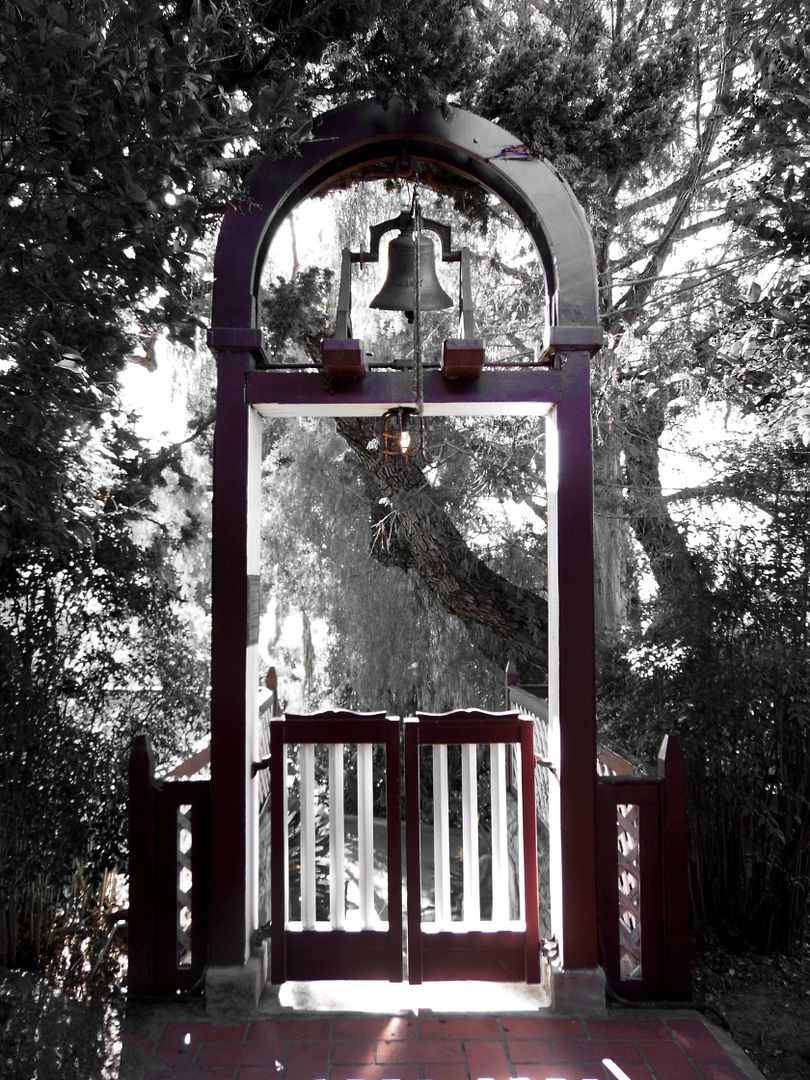
That bell was essential to daily ranch operations—starting with the 5 a.m. wakeup call and 6 a.m. breakfast call, and extending to the 12 noon lunch call and 6 p.m. dinner call. It didn't ring otherwise, except in an emergency or when it tolled upon the death of Richard O'Neill Sr. in 1910 and of James Flood II and Jerome O'Neill in 1926 (two days apart!).
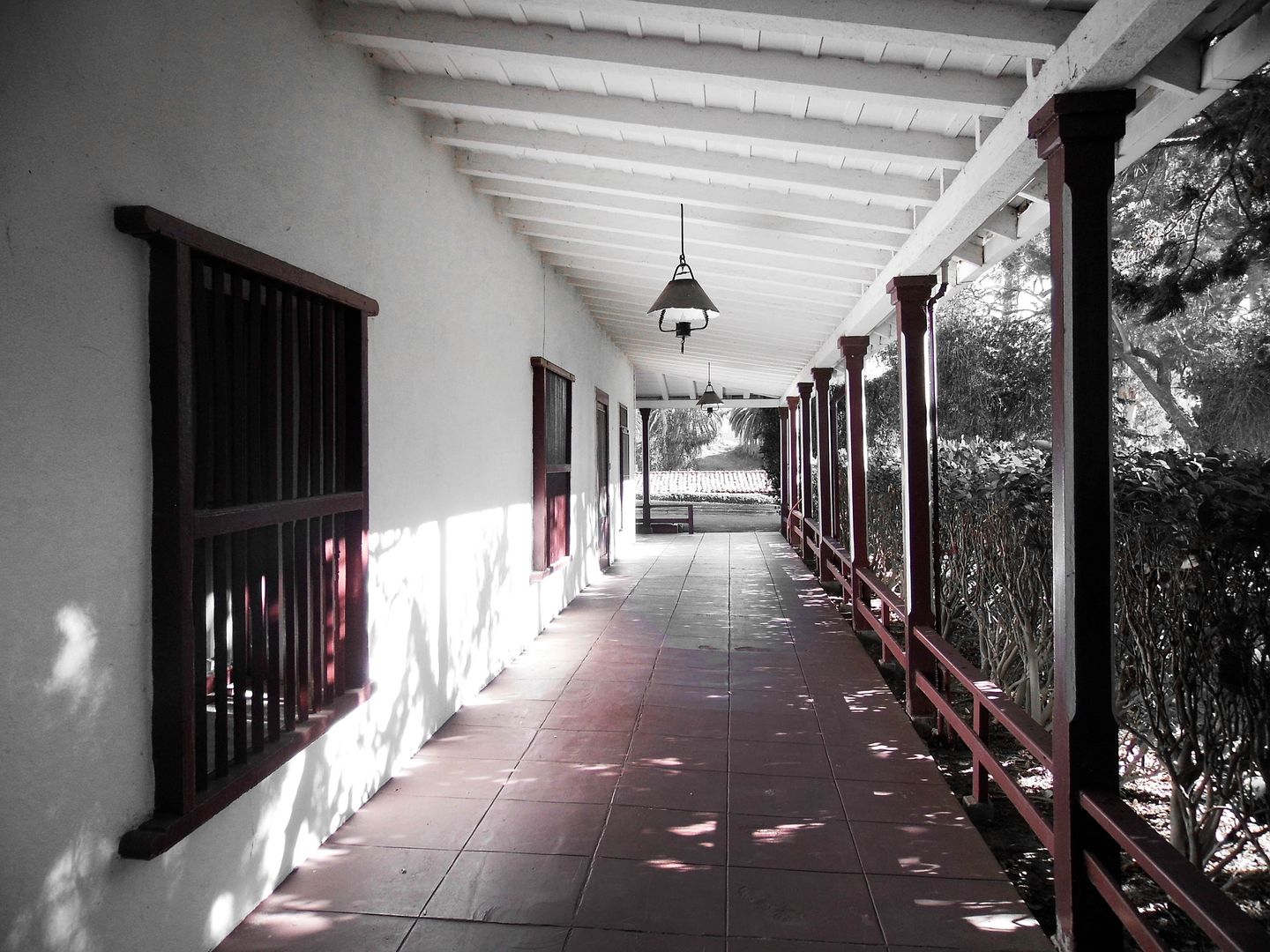
The ranch house itself—designated a state landmark and national historic site—is a well-preserved example of California's early ranch architecture, specifically in the Spanish Colonial/Mexican California style.
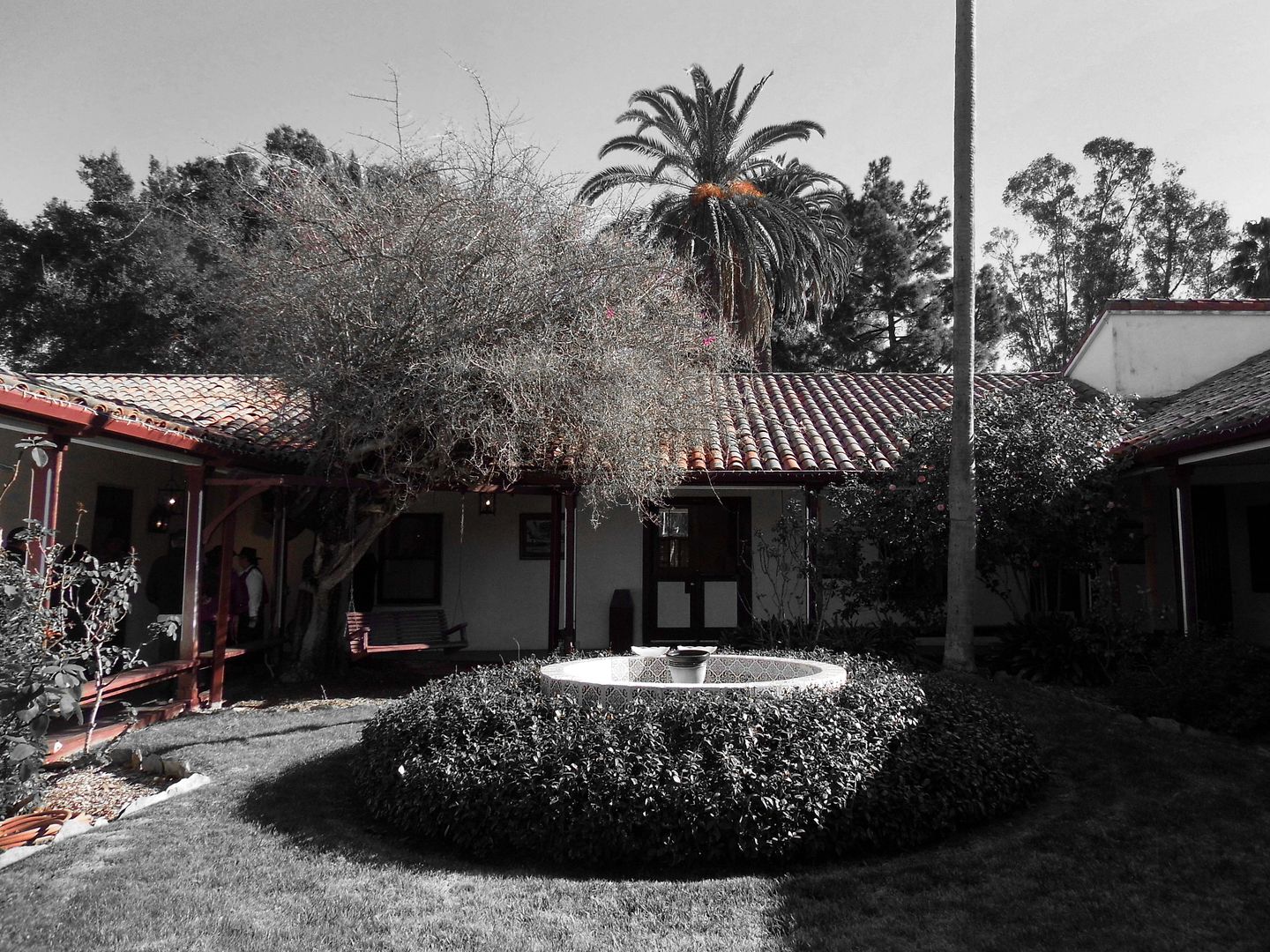
Also known as the Rancho Santa Margarita Adobe, its Spanish Mission influence on it is clear as well—not surprisingly, as it's situated midway between Mission San Juan Capistrano and Mission San Luis Rey. The original structure was built in the 1830s, though it's been built upon and expanded since.
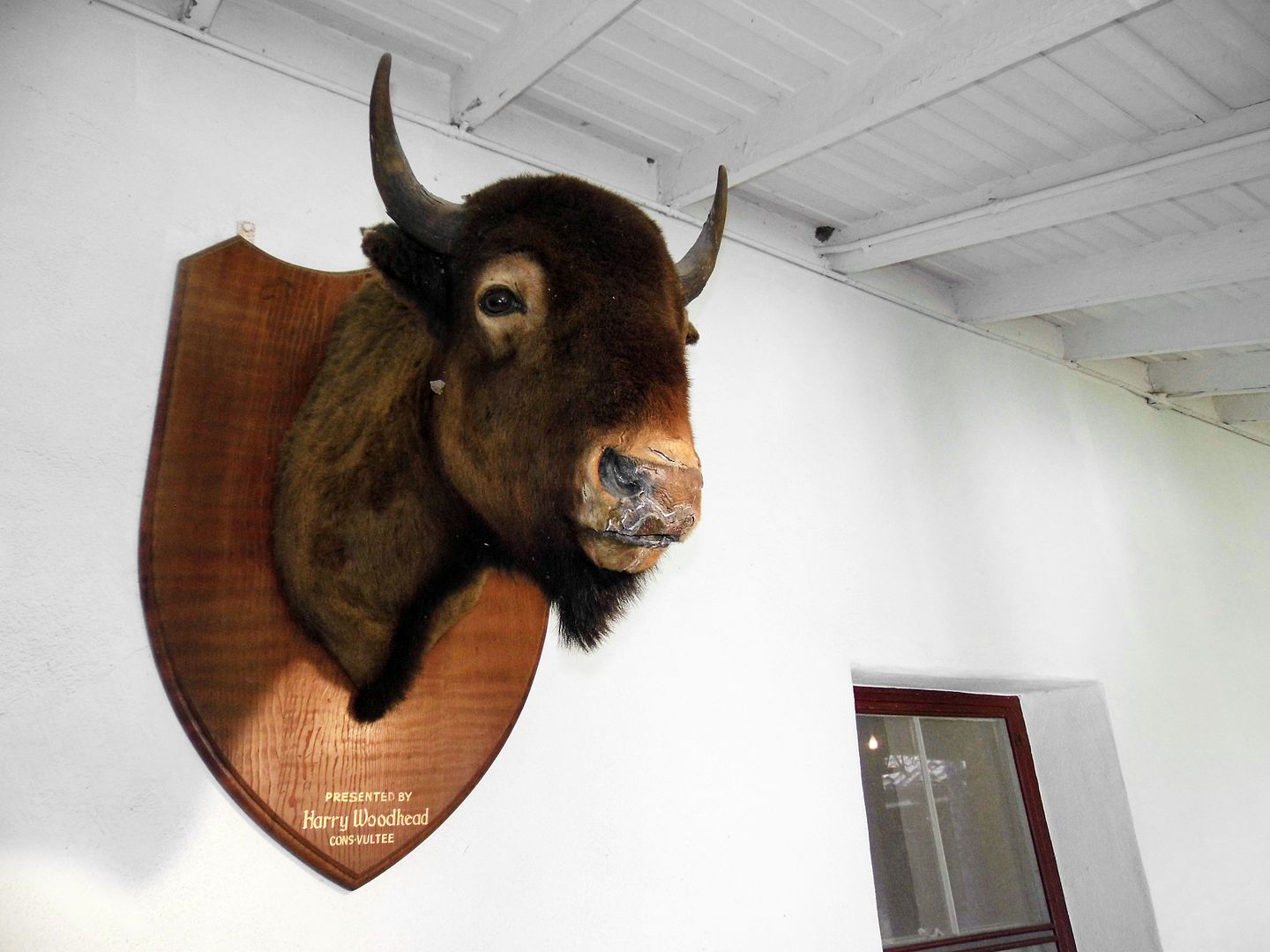
In the central courtyard (or "atrium") there's a fountain (donated in the 1980s) as well as an old bougainvillea shrub, surrounded by the dining room (El Comedor), bedrooms, and other living spaces.
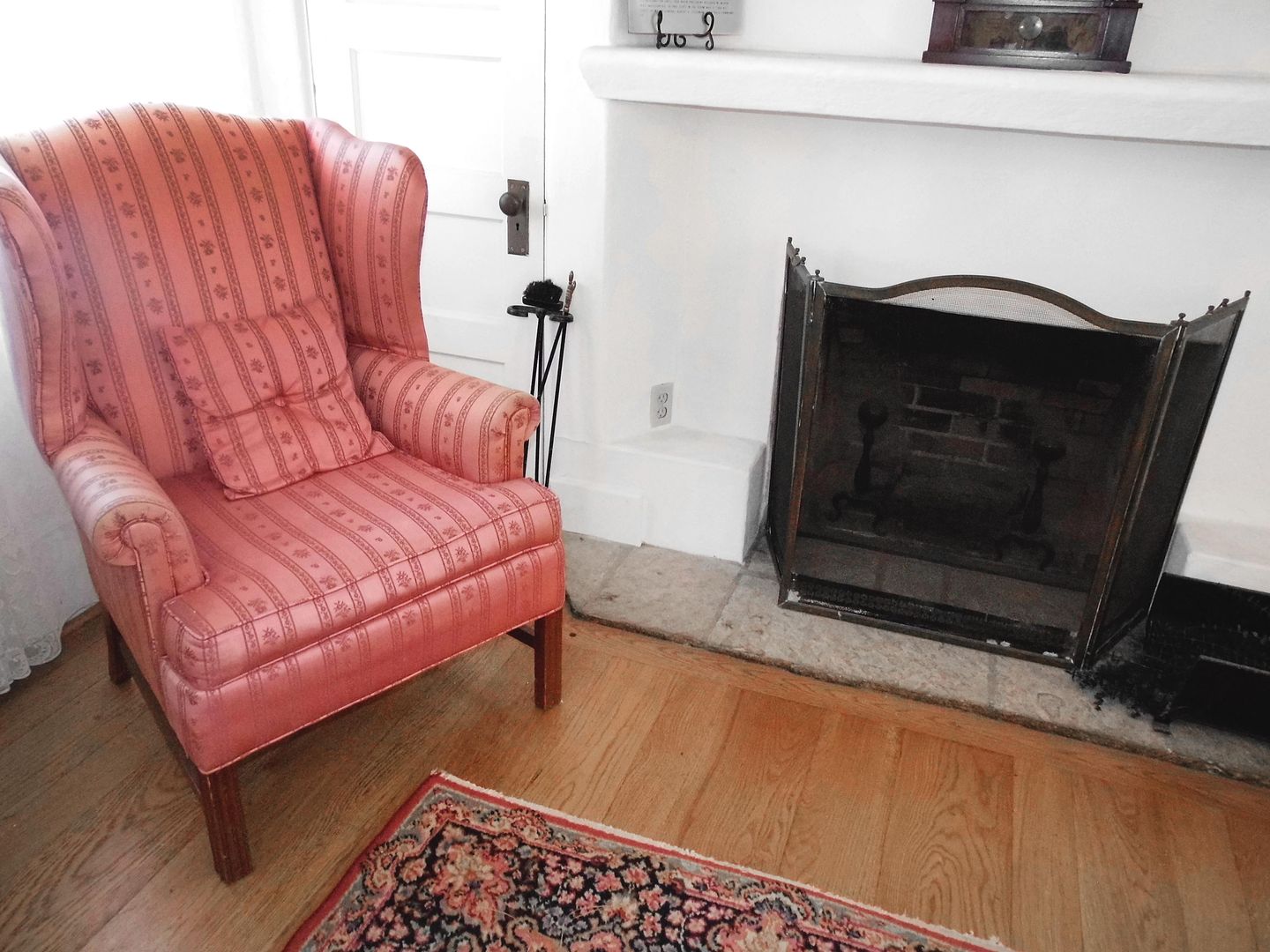
One such space is the former Forster family chapel, which later became a dining room and, in 1938, the bedroom of Richard O'Neill, Jr. Although the altar by the fireplace has been removed, there's still a kneeler (one of the oldest pieces of furniture in the ranch house). But it's now known better as the President's Room—having been visited by Roosevelt on Dedication Day in 1942, and containing the same chair that Nixon (1966, before his presidency), George H.W. Bush (1998) and George W. Bush (2001) have all been photographed sitting in.
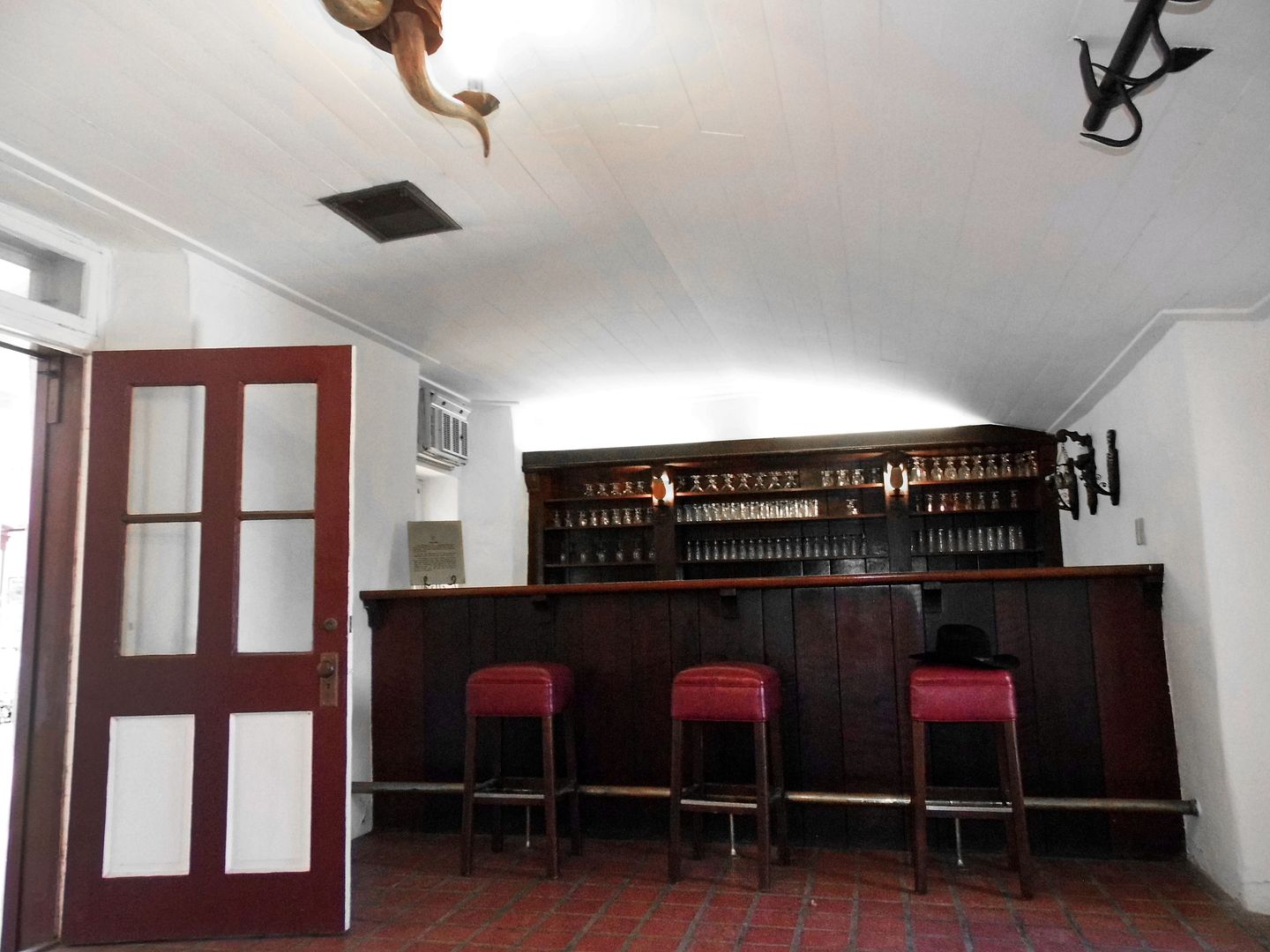
There's also "The Bar," a room that was primarily used as an Officer's Club after the creation of Camp Pendleton—with the actual bar installed sometime in the 1940s.
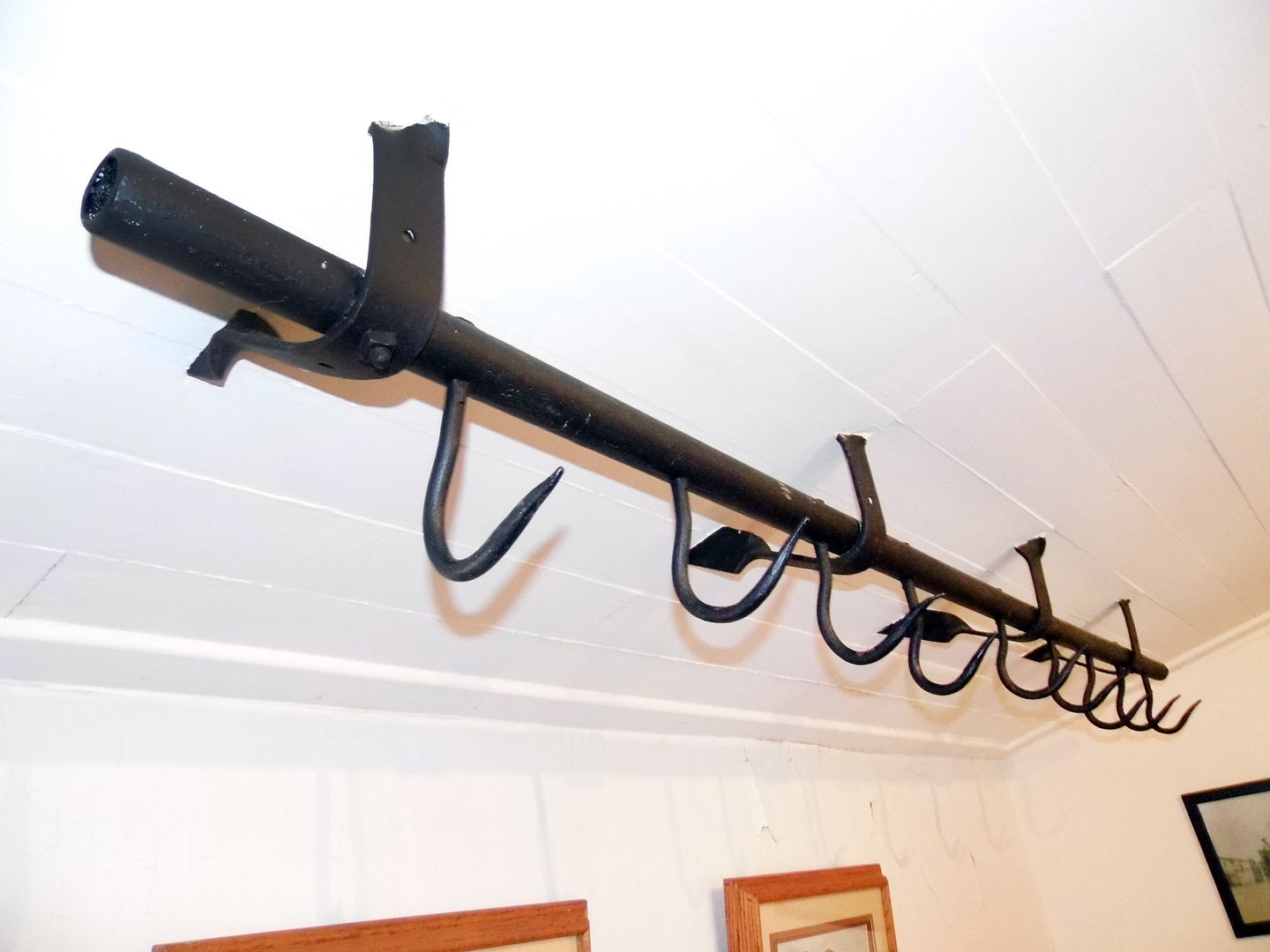
As a nod to its former use as a butchering room and meat staging area, and the property's former life as a cattle ranch, you can still see the hooks from which slabs of raw beef used to hang.
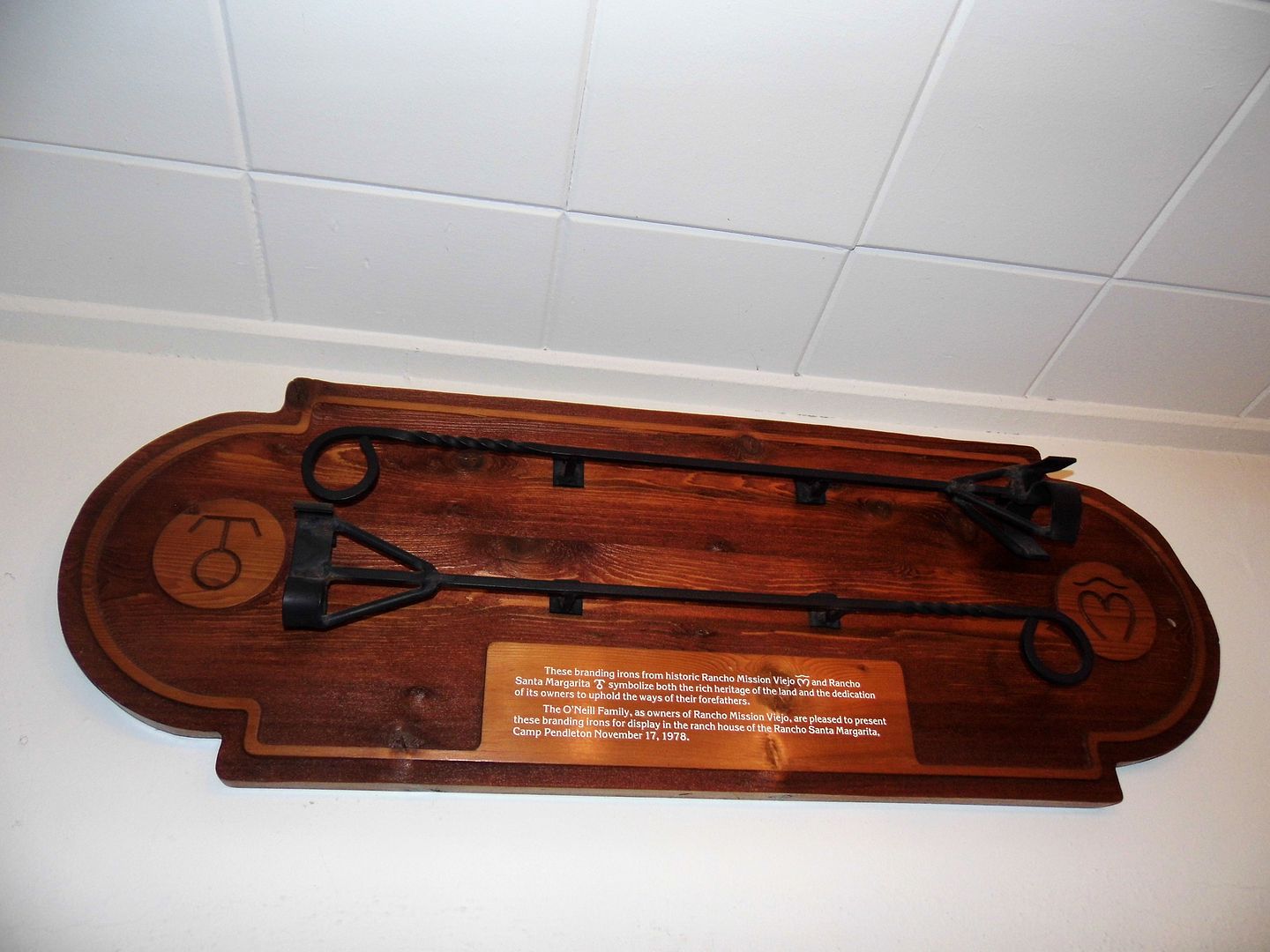
Likewise, there are the constant reminders of the ranch brand and its historic branding irons—in this case, from Rancho Santa Margarita (the "T and O") and the O'Neill family's Rancho Mission Viejo (the "rafter M").
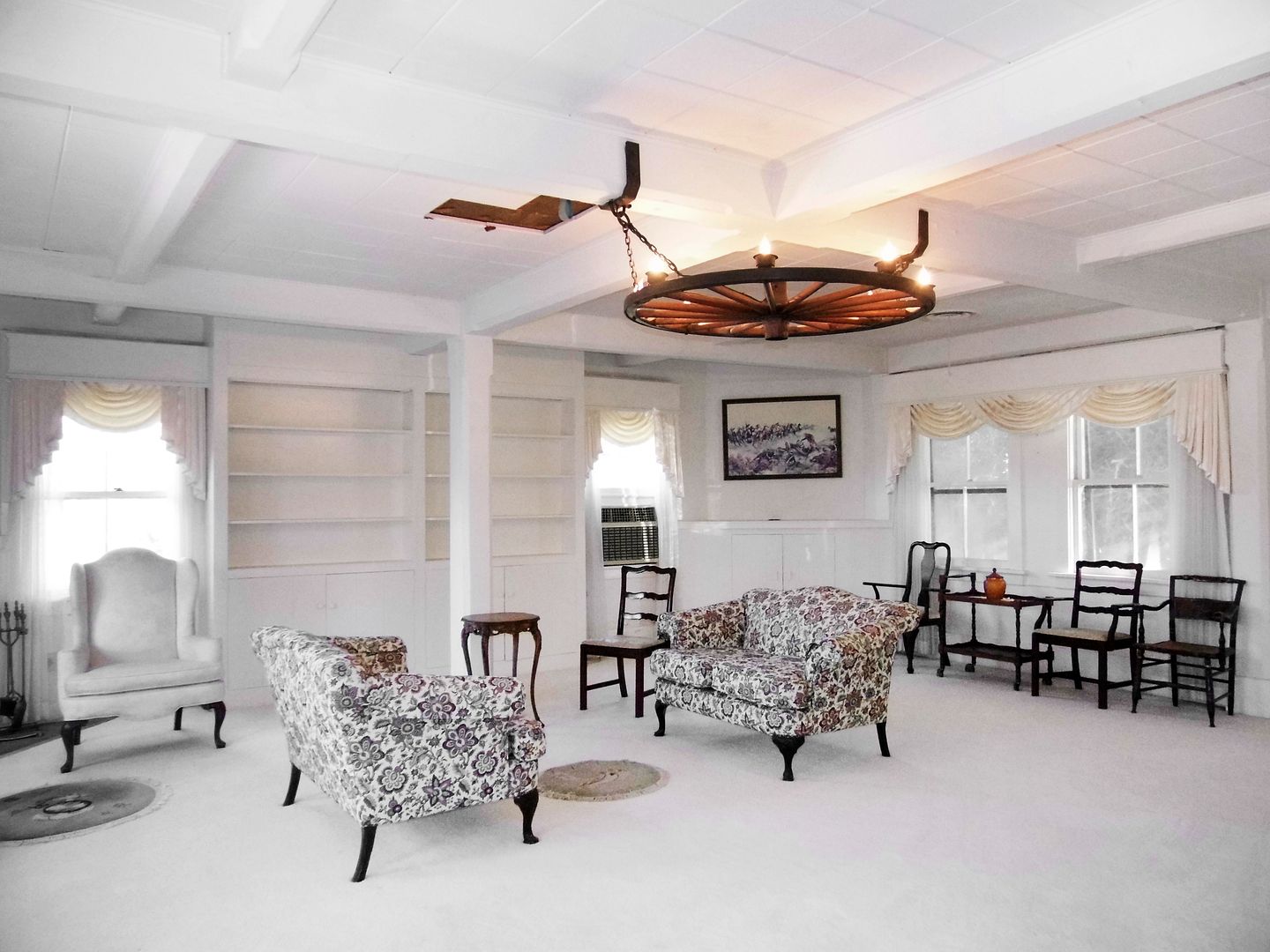
The formal sitting room is now the roped-off "Cowboy Room," with its old wagon wheel chandelier hanging from the ceiling—so called because it's where the vaqueros ((or Mexican cowboys) would come in for their meals. In the earliest days of Camp Pendleton—before any major generals moved into the ranch house—the Cowboy Room was used as the officers' mess. It was later converted into the generals' quarters.

In certain rooms, like the historical living room, it's worth looking up at the ceiling—not for more wagon-wheel chandeliers, but for the rough-hewn ceiling beams that were probably from trees on Palomar Mountain—the only nearby source of lumber. Reportedly, "Indian workmen" cut them, who got them blessed by a priest, and carried them by hand all the way down the mountain to perhaps Mission San Luis Rey and, eventually, this spot.
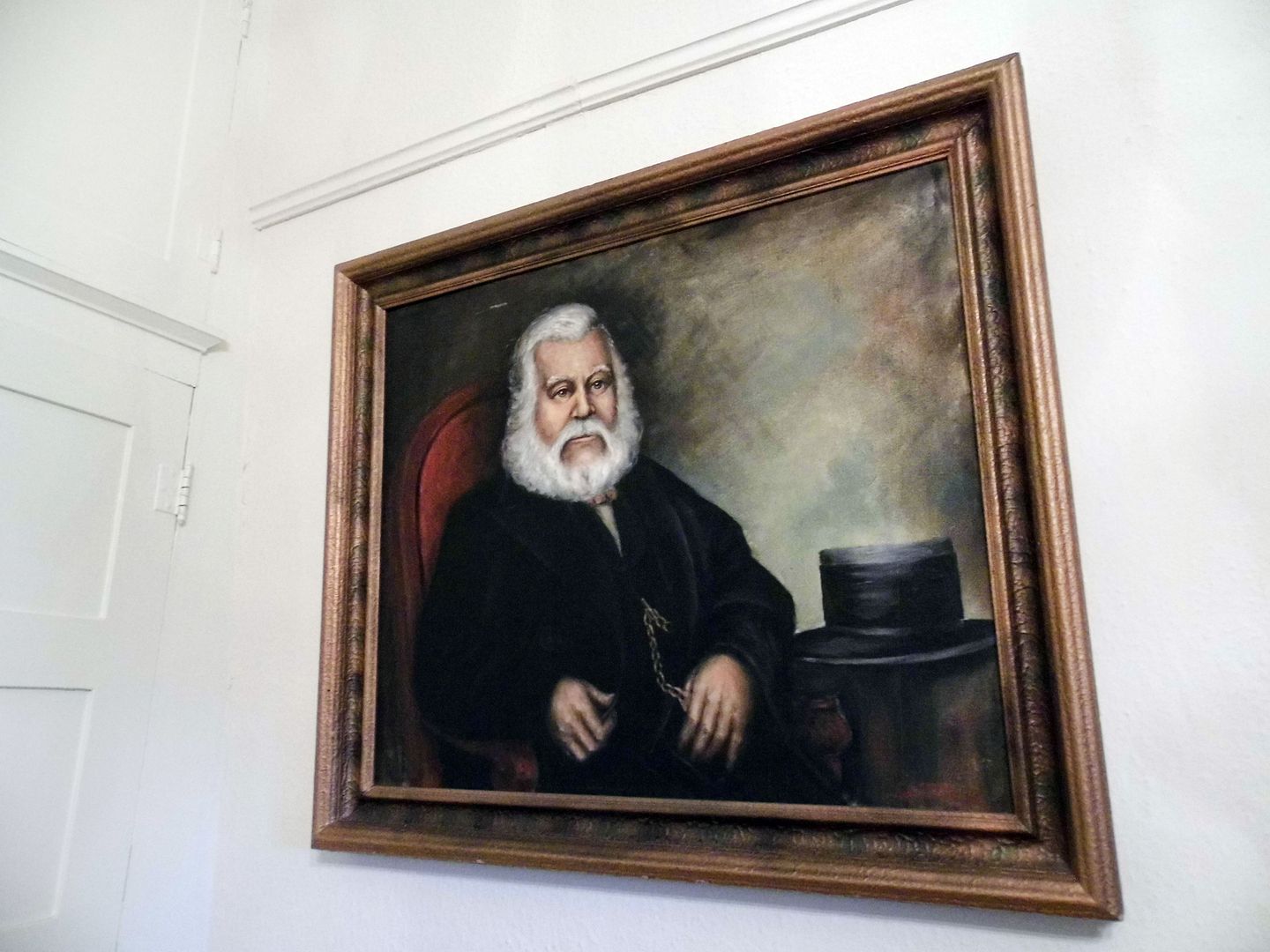
One of the first rooms built in the original structure is now known as the "Pico Room," whose handmade walls slope inward and whose adobe bricks are unbelievably thick (as evidenced by how wide the windowsill is). Open the correct door, and you'll reveal a complete Pullman bath (toilet/sink/shower) tucked away.

Pico's hat, as seen in the portrait painting that hangs on the wall, is preserved in a bedside glass case.
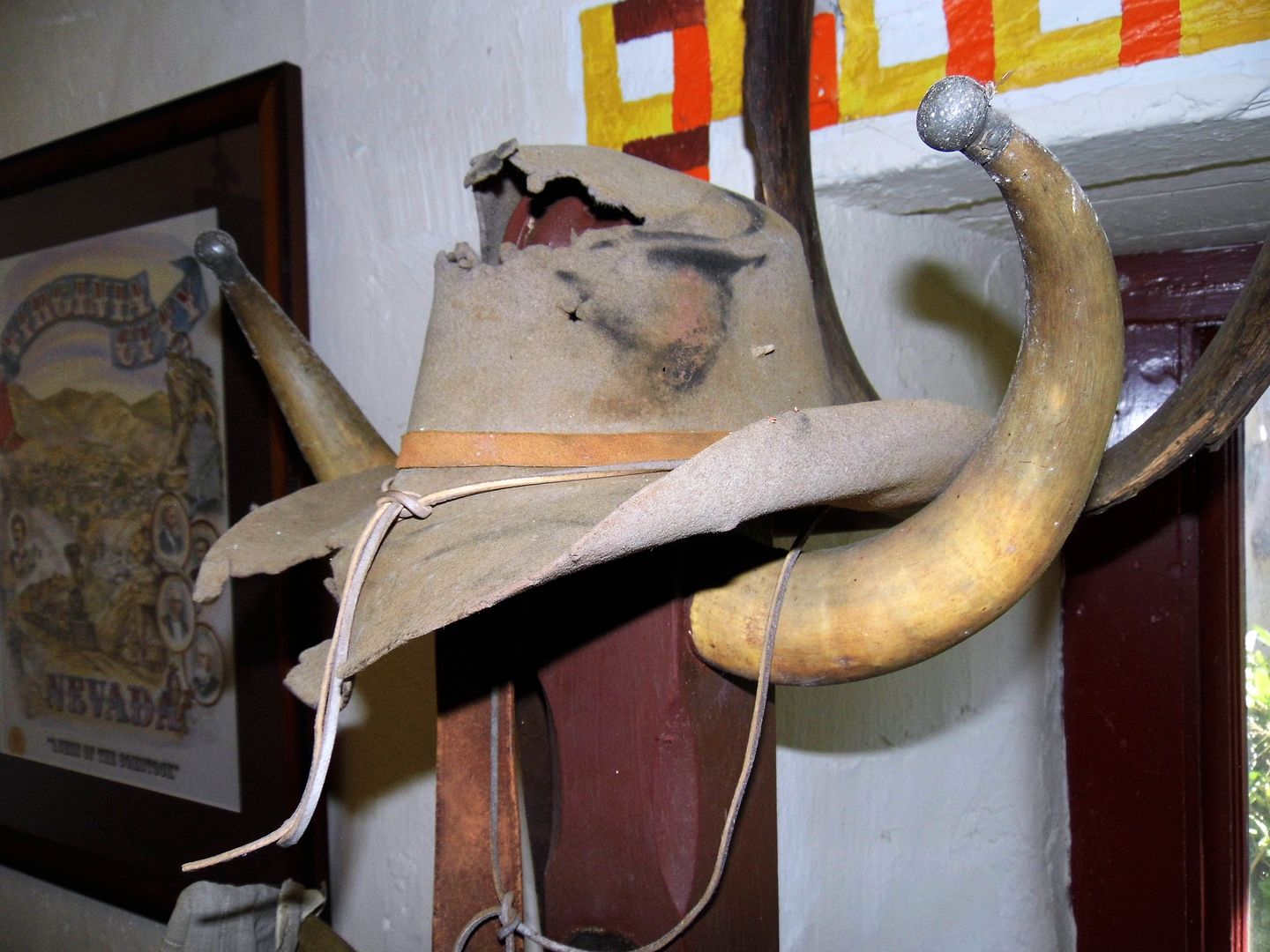
Across the way, inside the bunkhouse that was built by Don Juan Forster in 1864, you now get a slice of life of the vaqueros who worked on the cattle ranch during its heyday—before it was militarized.
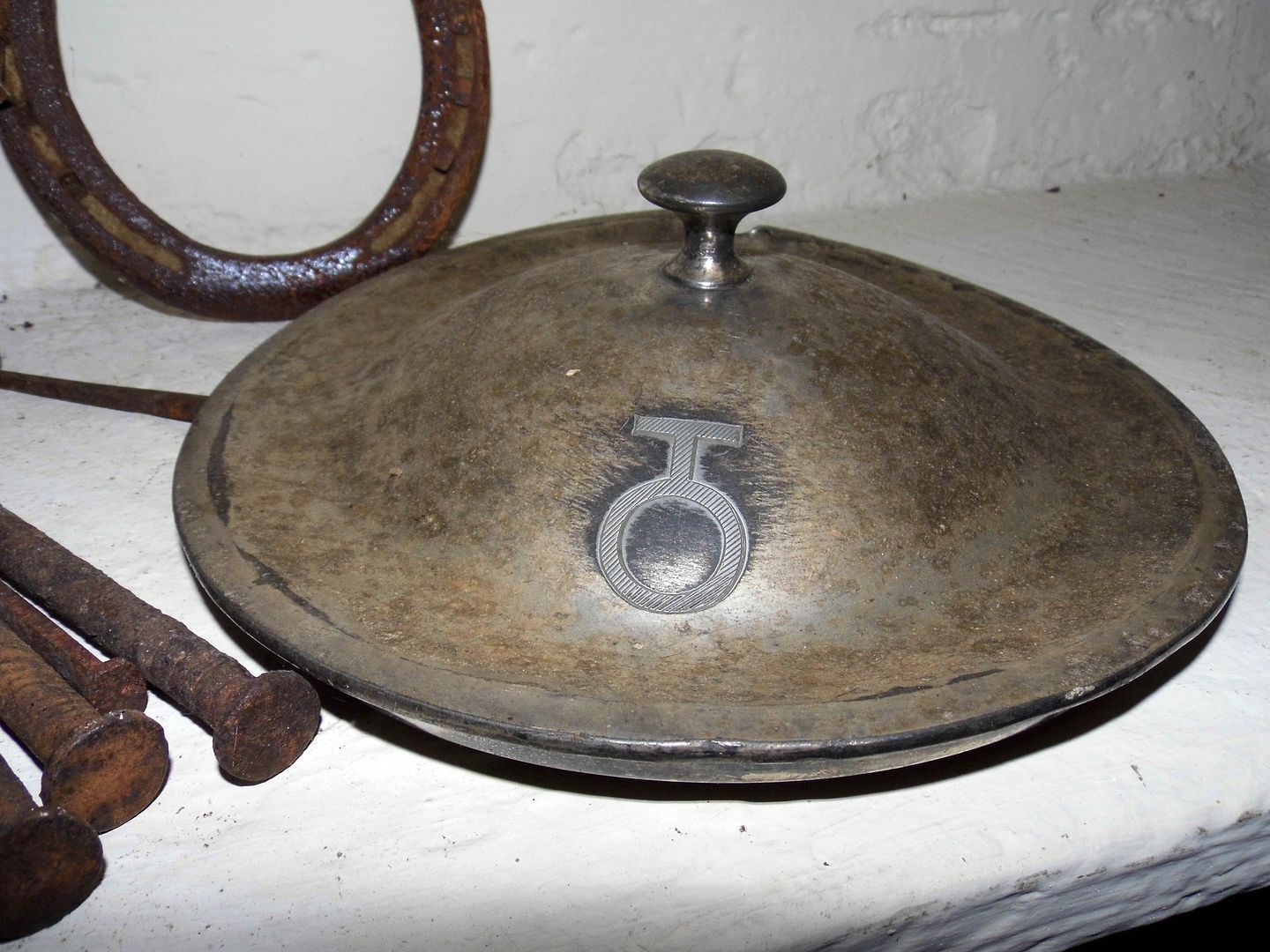
In 1965, it was transformed into the bunkhouse museum—and now, among the horseshoes, barbed wire, ropes, and branding irons, there are more artifacts branded with the telltale insignia of the ranch (the "T and O").
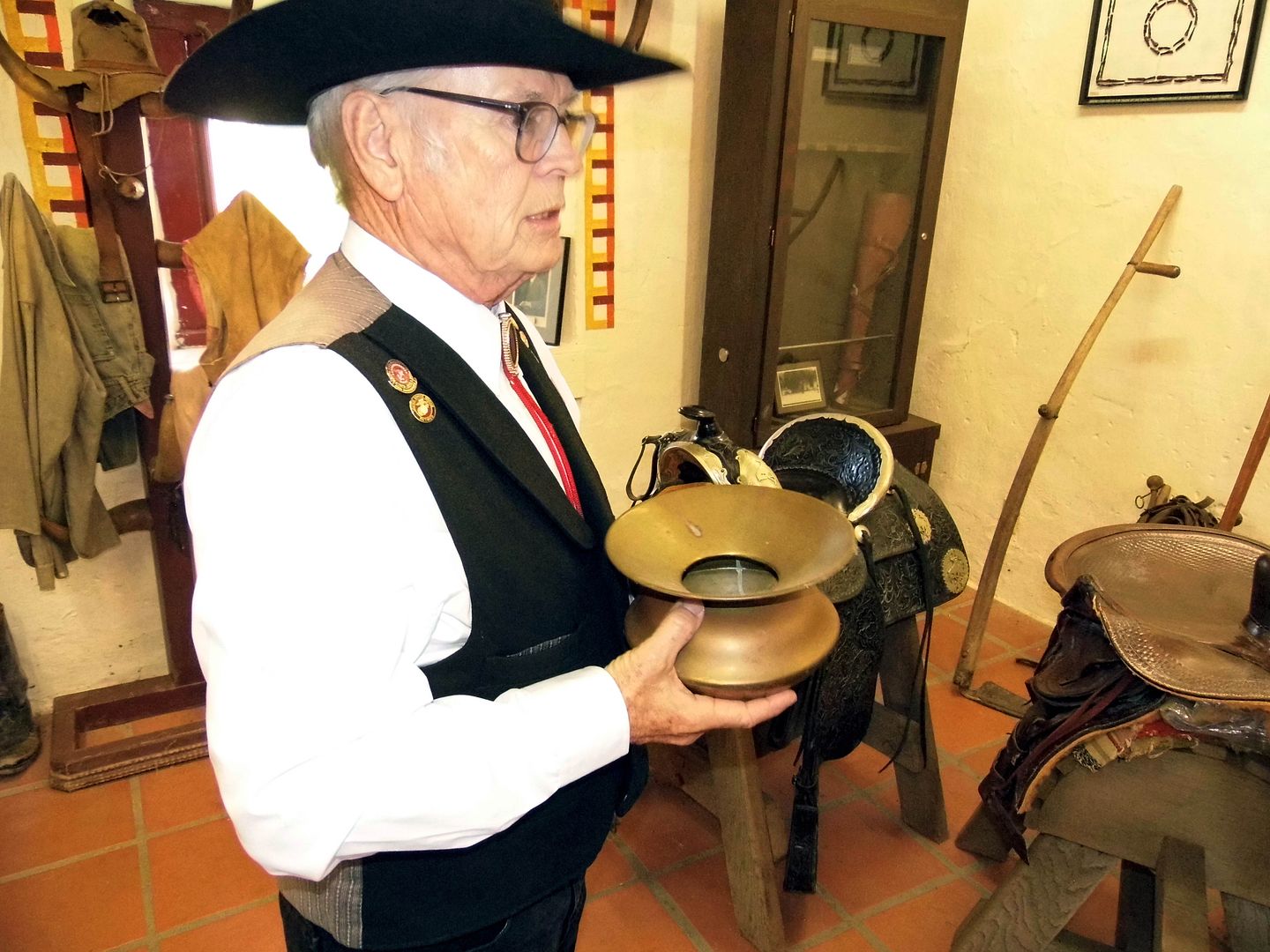
Paul Durrance (Chairman, Rancho Santa Margarita y Flores Docents)
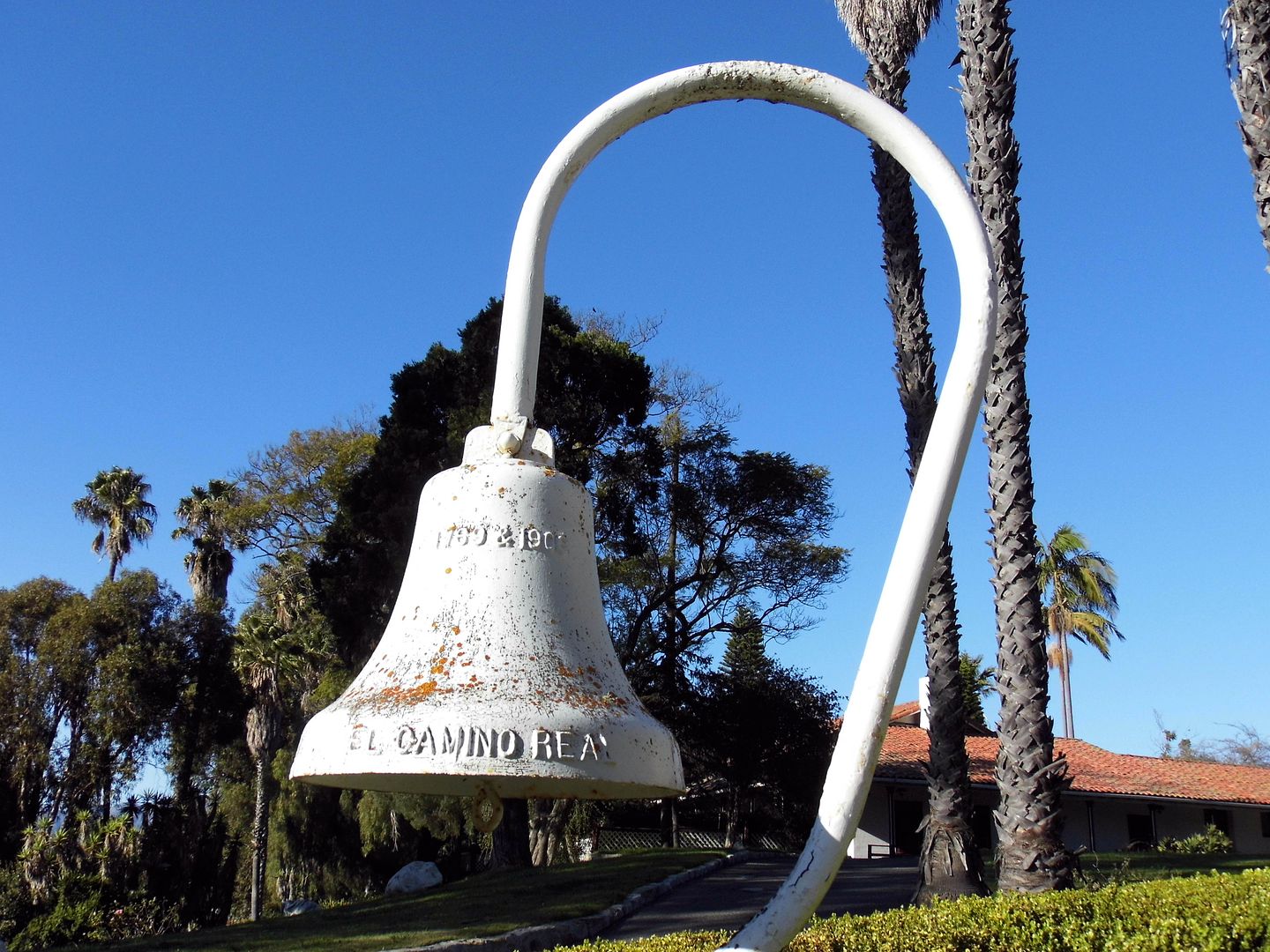
Outside the bunkhouse is a replica of an El Camino Real bell, donated in 1988—but gone are the milk cow corrals, the buggy shed, the vaqueros, the Christianized "Indians" (a.k.a. "neophytes"), and the vineyards of the mission winery (now the Ranch Chapel).
There is, however, an incredible amount of that old rancho life that remains.
And although few members of the public ever get to see it because of its location inside a secure military base, that probably means it'll be there longer for people to enjoy than it would if it were more exposed.
Related Posts:
Photo Essay: The Marines' Camp Pendleton Ranch Chapel, Saved From Flooding... and Development
Photo Essay: The Mansion Where California's Last Mexican Governor Lost It All

'cattle rancher James Flood' is a little misleading. James Flood was one of the Nevada Bonanza Kings: John MacKay, James Fair, James Flood and William O'Brien. Richard O'Neill was Flood and O'Brien's meat supplier at their San Francisco saloon where the stock deals were made that put the Kings in the driver seat on the Comstock.
ReplyDelete